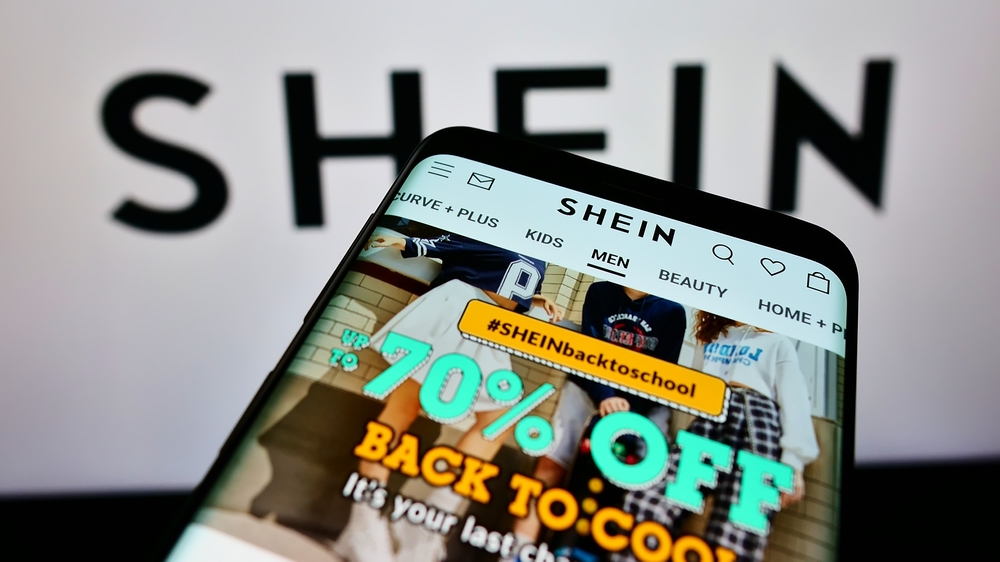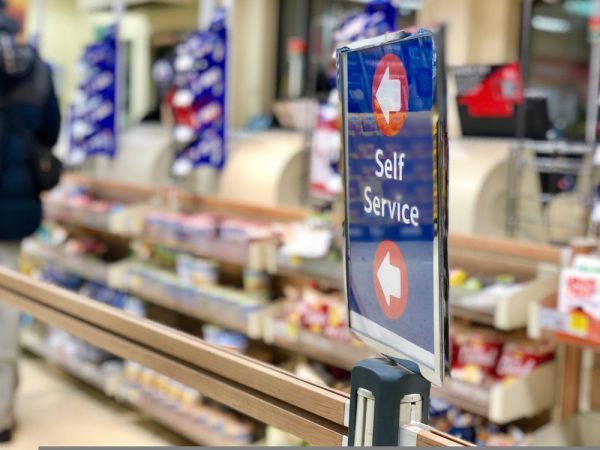Chinese fast fashion etailer Shein officially became the largest fashion retailer in the world this year as it secured a $100bn valuation in its latest fundraising round. This makes it bigger than Zara and H&M – the world’s top two clothing retailers until this week – combined.
It has been a dramatic rise to dominance for Shein – pronounced She-in – and one that has not come without its fair share of controversy.
Shein was created by Chinese entrepreneur Chris Yu, an SEO expert, in 2008. Yu had previous launched online wedding dress business with three of Shein’s top executives before ditching it to focus on womenswear with the brand, which was originally named ‘SheInside’.
It rebranded to Shein in 2015, as it thought it needed a simpler name that was easier to find online. It was around this time that the business really started to take off and Shein emerged as the fastest-growing fashion retailer in the world.
But how did it do it?
Social climbing
The retailer may be relatively unknown to those over 30, however, for Gen Z shoppers Shein is now the hottest ticket in town.
Chinese broker Zheshang Securities estimates generated $20 billion in sales last year and with sales still growing rapidly – it was being downloaded twice as often as Amazon’s app last year, making it the world’s most popular shopping app – it is set to turn over more than Zara owner Inditex this year.
Social media has been core to Shein’s success. The brand has more than 26 million Facebook and 24 million on Instagram and ‘Shein Hauls’, where influencers unpack their Shein deliveries, try on clothes and share how they feel on camera, have become viral hits with billions of views on TikTok and YouTube.

The retailer also uses ‘campus ambassadors’, who recruit shoppers on university sites and offer rewards for positive customer reviews.
Faster fashion
The success of Shein lies in the fact that it has supercharged the fast fashion model.
The retailer uses algorithms to establish the latest fashion trends, which its 2,000 strong design team use as the basis to create a raft of new products, with a jaw-dropping 6,000 SKUs produced every single day.
But rather than ordering thousands of each item, Shein produces lines in very small quantities with fewer than 100 items ordered.
It then uses real-time information to see how well each item performs, and rapidly orders more if a SKU proves popular, while discontinuing items that are not selling.
Stolen design claims
Algorithms may be used to determine trends but Shein has been plagued by plagiarism allegations with both big brands and independent designers claiming the retailer has ripped off their designs.
Brands such as Levi Strauss, Dr Martens and Ralph Lauren have taken legal action against the retailer, and there are many more complaints from independent designers and artists.
Elora Pautrat, an Edinburgh-based illustrator and digital artist told The Guardian last month that Shein had lifted her work on more than 10 occasions, and placed them on items including mouse mats, stickers and prints.
Shein’s constant array of new trends are sold at rock-bottom prices, with its average selling price at just over £5.
The retailer uses an army – somewhere in the region of 4,000 – mostly small suppliers in the manufacturing hub of Guangzhou in China.

All of these suppliers are integrated into the Shein’s software, which allows orders to be distributed among them automatically, according to Public Eye magazine. This enables Shein to respond to trends unusually quickly, and products to be made and distributed in just a week.
However, Public Eye conducted research into Shein’s supply chain, including visiting factories and interviewing workers, and found that some were working 75 hour weeks and that some facilities had clear health and safety breaches such as inadequate fire exits.
Tax breaks help international sales soar
Shein is an international success story.
The online retailer now sells in more than 150 countries with the US its largest market – accounting for between 35 and 40% of sales, according to The Economist – followed by Europe.
In the UK alone, it is estimated to sell 30,000 items a day – more than 10 million a year – and spends more on advertising here than any other fashion retailer.
Low prices undoubtedly play a big role in Shein’s success overseas. But tax loopholes have been exploited to enable it to keep prices down.
Despite producing goods in China, Shein does not sell there, which makes it exempt from Chinese VAT and consumer taxes and means it pays lower corporation taxes.
Meanwhile, shipping directly to consumers, rather than to distribution centres like most big retailers do, means the retailer does not incur any import duties in the US or UK as its parcels are of such low values.
However, investment bank Morgan Stanley has warned that Shein’s current price advantage ‘might not be sustainable should tax policies change’ in China, Europe or the US.
Fast fashion, slow delivery
Shein’s fashion may be fast but its delivery is anything but.
In a world where next-day delivery has become standard, shipping directly from China means Shein’s standard delivery is between 12 to 14 days, with a somewhat ironically named ‘express’ version cutting it down to 10 to 12 days.
Two week deliveries have done little to deter young shoppers from ordering from Shein, however, review site TrustPilot is awash with complaints that parcels have taken much longer to arrive with many going AWOL completely.
One entry made on 25 January read: “I spent over 200 dollars on Shein and have NOT received one single thing yet. It was ordered back in November and supposed to be here before December 10th.”
Another said: “Two orders in a row came short with 2 parcels. How can I get them to give me the money back?”
It is not just delivery that has annoyed customers. Shein’s overall TrustPilot score is a dismal 2.2 with a whopping 41% of reviews rating the retailer the lowest ‘bad’ score of 1 star.
This compares to Boohoo’s 4.0 rating and Missguided’s 4.2 score.
As well as unreliable delivery, there are many complaints about the quality of Shein’s products. “Poor size and cheap material. Never going to buy it again,” one Trustpilot reviewer said.
“I recently purchased a beautiful jumper for my granddaughter…unfortunately having worn it twice it literally fell apart showing holes everywhere,” said another.
Whilst issues such as copyright infringement to quality concerns have not derailed the Chinese fashion giant’s growth to date, if it is to continue it’s trajectory these issues need to be stamped out.
There are signs the business is looking to professionalise, such as beefing up its management team by hiring former eBay China CFO Leigh Gui as its CFO last year and a new head of human resources from Adidas.
These hires were meant to pre-empt the retailer’s IPO in New York, which the retailer appears to have shelved in favour of its latest fund raise.
Regardless of whether it is listed or not, a clean up is needed to ensure that Shein’s growth is sustainable. It has built a phenomenal customer base but if shoppers receive shoddy goods and unreliable delivery they are unlikely to buy again.
Shein has reached the heights of biggest clothing retailer in the world in a slightly unorthodox fashion, for it to really shine the business needs some additional polish.
Click here to sign up to Retail Gazette‘s free daily email newsletter
















